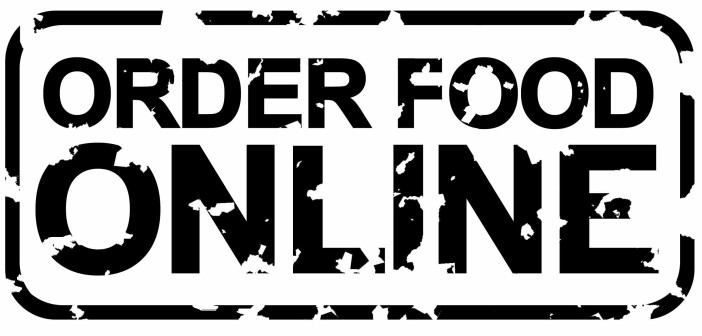Like any other industry that has been subject to the disruptive potential of this most recent tech boom, food delivery has changed rapidly from an industry dominated by pizza chains to an incredibly popular service for restaurants of nearly any kind. Gone from the public imagination is the need to have a long list of phone numbers for various delivery options, as food delivery – from the selection of entrees to paying a tip to your delivery person – can happen online from start to finish. Companies such as mrdelivery.com help to connect people with the restaurants that deliver in their area, not wasting time on restaurants that don’t.
Perhaps the most popular of these services is Seamless, which has made a name for itself by dominating the New York food delivery market in recent years (indeed, Seamless recently merged with a former competitor, GrubHub, thus expanding its reach even further). In his investigative reporting on young banking analysts in a book titled Young Money, Kevin Roose cited the phenomenon of “Seamless bellies” among young investment bankers who had grown to rely on the delivery service. However, while these services are undeniably popular, are they truly a mutually beneficial service between customer, restaurant, and delivery provider?
Profitable for all?
There is little doubt that online food delivery services are popular among customers: the entire process is simple, fast, and can be done with a credit card from the comforts of home. Likewise, online food delivery is quite the growing market to get involved in: the credit card processing company Square, best known for its swiping devices that are easily attached to iPhones and iPads, has reportedly paid nearly $90 million to acquire the San Francisco-based start-up Caviar and thus boost up their own online delivery service, Square Order. Even Yelp, best known as a restaurant review website, has plans to venture into the online food delivery world. While the online food model is profitable for the service providers, its benefits to the restaurants themselves – without whom none of these services could ever exist – are dubious at best. Online delivery service companies may take premiums of close to 14% from every order as their fee, thus cutting into restaurant profits and forcing restauranteurs to either survive on miniscule margins or raise prices to accommodate these expenses. Likewise, though paying via credit card on Seamless may be the pinnacle of convenience for the consumer, restaurants do not see this as an added benefit. Online delivery services may hold payments from consumers for a certain period of time before delivering them to the restaurants themselves; this holding period can mean that restaurants, despite seeing an increase in volume, do not see immediate returns. In the cutthroat world of the restaurant business, this delay in profit can mean a serious budgetary hit.
Increased Competition
These (valid) gripes aside, many restaurants do benefit in the long run if an online delivery service drives increased volume towards their business. Likewise, many restaurants have attempted to request that diners order through them directly, perhaps offering some method of a loyalty program to ensure that this direct ordering is worth it for the customer. Finally, though the merger between Seamless and GrubHub has led some to fear for the development of a monopoly, the New York Attorney General has recently gotten involved with the online food order business to ensure that the exclusive deals between Seamless and certain restaurants do not provide the online provider with any unfair advantage (http://www.businessweek.com/articles/2013-08-07/seamless-and-the-online-takeout-trend-makes-restaurants-queasy).
The question remains, then: do services like Seamless, Square Order, and mrdelivery.com deliver on their promises of convenient online delivery? The short answer is, for the consumer, these services often do provide a reliable method of finding and ordering take-out. However, customers should be vigilant concerning the relationships between delivery providers and restaurants to ensure that these services are not providing convenience at the expense of stifling restaurant profits, thus making the food industry increasingly unsustainable for restauranteurs.




